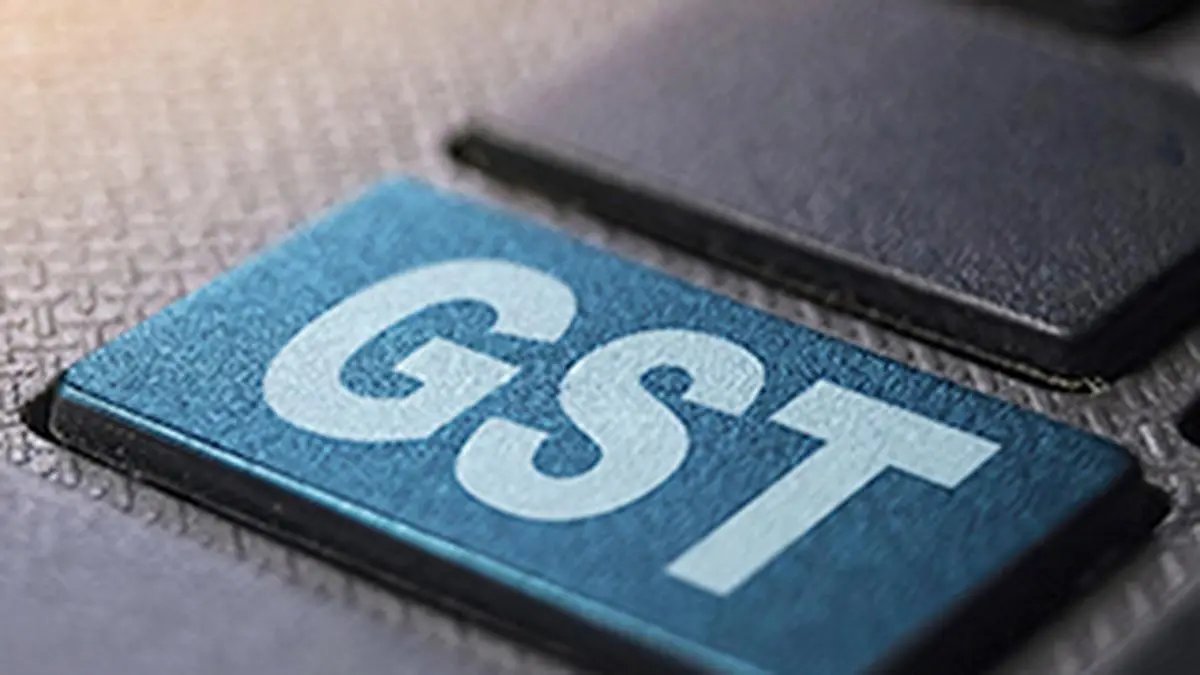Central GST formulation with lower no of assesses edges over States in per GSTIN collection


Uttar Pradesh has maximum number of GSTINs but its per GSTIN collection is the lowest among major States.
| Photo Credit:
DHARMAPADA BEHERA
Despite the higher number, the per assessee or GSTIN (GST Identification Number) collection of GST by States is lower than that of the Centre. Data show that, on a Pan-India basis, the average per assessee collection by the Centre for April 2025 is approximately ₹1.4 lakh, whereas for the States it is around ₹1.14 lakh. This issue is likely to be discussed during the next meeting of the GST Council.
An analysis of GST collection data for April reveals that Central formulations in all States report higher per GSTIN collections. Haryana leads with over ₹3 lakh tax payment, followed by Maharashtra.
Uttar Pradesh has maximum number of GSTINs but its per GSTIN collection is the lowest among major States.
According to Mayank Jain, Partner at Khaitan & Co, GST revenue sharing differs for inter-State and intra-State supplies. For inter-State, the Centre collects Integrated Tax (IGST) and apportions it to the consuming States, benefiting States with higher consumption. The assessee-wise collections for States vary based on consumption and tax base, while the Centre’s share remains uniform across States.
This can potentially be exacerbated on account of the delayed proceeds of Integrated GST being given to Sstates as a part of their compensation formula. “Central enforcement (DGGI, CGST Commissionerate, supported by GSTN and CBIC) is generally more efficient than state enforcement systems, which often lack the technological expertise and infrastructure for effective compliance and curbing evasion,” he said.
According to Vivek Jalan, Partner with Tax Connect, there are various ways in which this can improve, including by enhancing technology and data analytics within the GSTN, expanding e-invoicing, and automating reconciliation. These measures will improve reporting and reduce discrepancies. Further, streamlining IGST apportionment via real-time data sharing is crucial for accurate calculations.
“Policy reforms for a more equitable IGST apportionment formula, considering State-specific factors, are needed. Finally, regular revenue analysis and benchmarking of best practices through a joint Centre-State committee will facilitate targeted interventions and knowledge sharing,” he said.
Jalan advised that the issue might be looked into by the Revenue Augmentation wings of the GST Council, so that assesses across all formations, whether Centre or States, are treated equally justly.
As per the circular of the GST Council dated 20 September 2017, of the total number of taxpayers with turnover below ₹1.5 crore, all the administrative control over 90 per cent of the taxpayers are with the State (except UT of Jammu & Kashmir) tax administration and the remaining with the Central tax administration. In respect of the taxpayers with turnover above ₹1.5 crore, all the administrative control is divided equally in the ratio of 50 per cent each for the Central and the State tax administrations. The division of taxpayers in each State and UT is done by computer at the State level based on stratified random sampling and could also take into account the geographical location and type of the taxpayers, as may be mutually agreed.
Published on May 6, 2025


